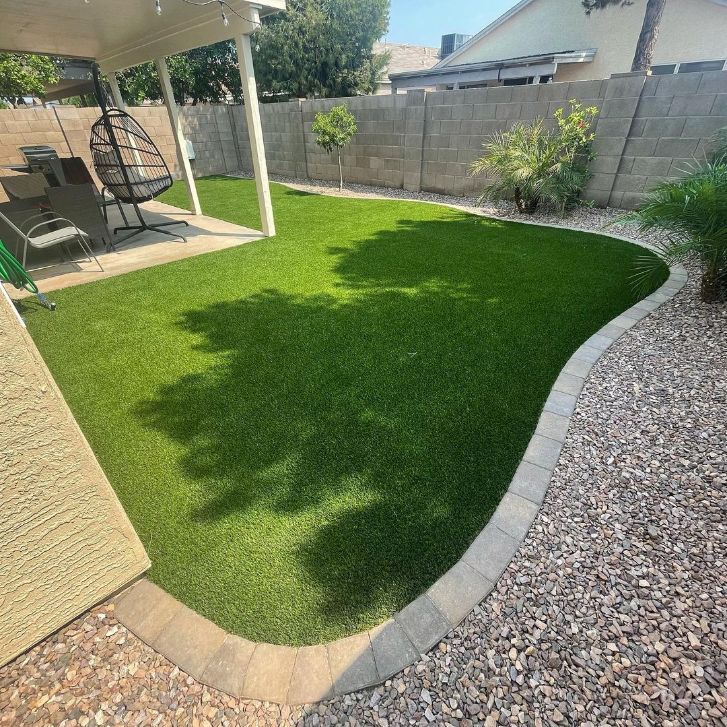
One of the pros of artificial grass is its low maintenance requirements. Since it doesn't need to be watered, mowed, or weeded like a traditional lawn, there's no need for expensive upkeep costs. In addition, artificial turf can stay looking pristine all year round and won't fade due to extreme weather conditions, unlike real grass.
However, there are also some potential drawbacks to consider. Artificial turf may contain hazardous chemicals such as lead that can leach into the surrounding soil or groundwater if not properly installed. Additionally, artificial turf typically reaches much higher temperatures than natural grass during hot summer days which can be uncomfortable for users. Finally, it can be quite expensive to install and maintain artificial turf compared to natural grass.
Overall, there are both advantages and disadvantages associated with using artificial turf which must carefully weighed when deciding whether or not the material is right for a particular application. With careful consideration of all factors involved, artificial turf may prove to be an excellent long-term solution for various sporting venues or landscaping applications.
With the right maintenance and upkeep, artificial grass can last for many years and provide a beautiful and realistic looking lawn. It is well worth considering if you are in need of an alternative to natural grass.
The primary benefit of artificial turf is that it requires minimal maintenance and upkeep. Artificial grass does not require any traditional means like watering, mowing, etc like normal grass does to look its best. Additionally, artificial turf can be used in sports fields and other areas with heavy foot traffic without becoming damaged or worn down quickly.
Now, let's consider some more downsides associated with artificial turf. The cost of installation is often very high compared to traditional grass lawns. Additionally, some people may view artificial turf as aesthetically unappealing when compared to a natural grass lawn. Also, depending on the type of material used for the turf, it may become increasingly hot due to its lack of insulation properties during certain times of the year.
Finally, the use of artificial grass can have an environmental impact. As a non-biodegradable material, it can create waste and pollution when disposed of improperly. Additionally, turf will require more energy to maintain due to its need for regular watering, fertilizing, and mowing. Therefore, if using artificial turf as an alternative to natural lawns, it must be carefully considered in terms of its long-term cost and sustainability.
Overall, artificial grass can provide many benefits over traditional lawns but comes with a price tag that must be carefully weighed before purchasing. Despite the potential downsides associated with artificial turf’s installation costs and environmental impacts, it still remains an attractive option for many homeowners looking for a low-maintenance lawn. With careful consideration of all the pros and cons, artificial turf may prove to be a smart choice for those seeking an easy-care, beautiful yard.
